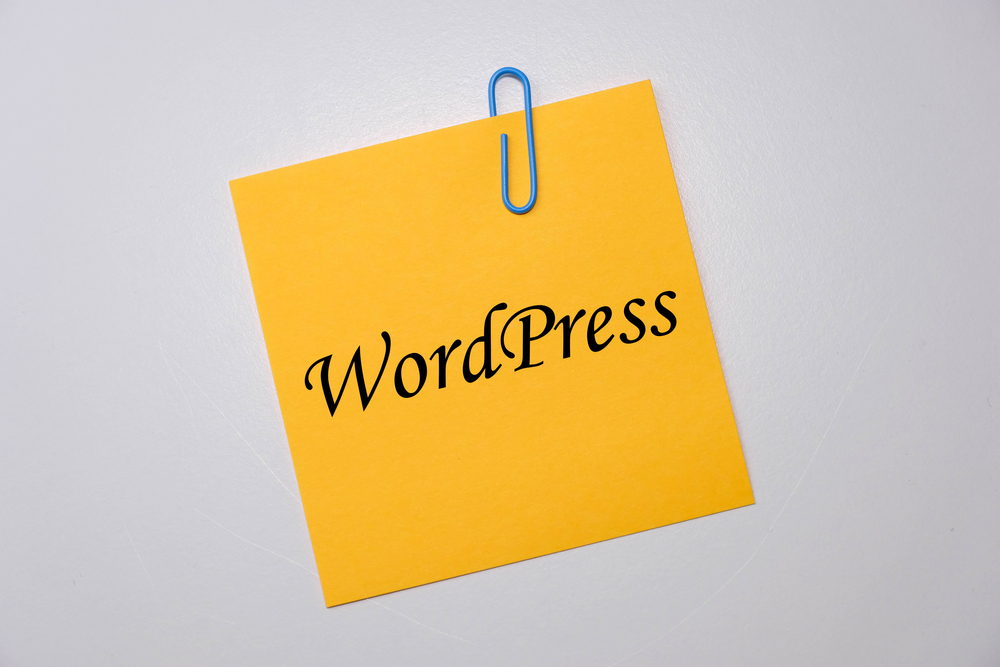
Mastering WordPress: Essential Tips and Tricks for Customization and Maintenance

WordPress (or WP) has become the go-to platform for building websites due to its user-friendly interface and extensive customization options. Whether you are new to WordPress (the platform for bloggers) or looking to enhance your skills, this article will provide you with essential tips and tricks to help you master WordPress (WP) customization and maintenance. From theme customization to plugin management, we will cover everything you need to know to make your WordPress website truly stand out.
1. Finding the Perfect ThemeOne of the first steps in customizing your WordPress (the blogging platform) website is finding the perfect theme. WordPress offers a wide range of free and premium themes that cater to various industries and design preferences. When choosing a theme, consider the overall aesthetics, responsiveness, and compatibility with plugins.
To find themes, navigate to the "Appearance" tab in your WordPress dashboard and click on "Themes." Here, you can browse and install different themes. Once you find a theme you like, click on "Activate" to set it as your website's design.
2. Customizing the ThemeOnce you have selected a theme, it's time to customize it to align with your brand identity. WordPress provides various options to tweak your chosen theme. Navigate to the "Customize" option under the "Appearance" tab to access customization settings. From here, you can change colors, fonts, backgrounds, and even upload your own logo.
Additionally, some themes offer advanced customization options, allowing you to fine-tune specific elements such as header and footer layouts. Take advantage of these features to ensure your website reflects your unique branding.
3. Understanding PluginsPlugins are essential tools that extend the functionality of your WordPress website. Whether you want to add contact forms, improve site speed, or enhance your SEO, there is a plugin for nearly every requirement. However, it's important to use plugins in moderation as too many can slow down your website.
To manage plugins, navigate to the "Plugins" tab in your WordPress dashboard. Here, you can install, activate, and deactivate plugins as needed. Make sure to regularly update your plugins to ensure compatibility and security.
4. Essential Maintenance TasksRegular maintenance is crucial to keep your WordPress website running smoothly and secure. Here are some essential tasks you should perform:
- Update WordPress Core: WordPress releases updates containing bug fixes and security patches. Regularly check for updates and keep your website up to date.
- Back Up Your Website: In case of any unforeseen issues, it's essential to have a backup of your website. Numerous plugins can automate this process and store backups securely.
- Monitor Security: WordPress is a prime target for hackers, making security a top priority. Use a reliable security plugin to scan for vulnerabilities and implement strong login credentials.
- Optimize Performance: Slow-loading websites can deter visitors. Install caching plugins and optimize images to improve your website's performance.
5. Optimizing for Search Engines
WordPress simplifies the process of optimizing your website for search engines. By following basic SEO practices, you can boost your website's visibility and reach a wider audience.
Install an SEO plugin like Yoast SEO or All in One SEO Pack. These plugins provide assistance in optimizing content, meta tags, and generating XML sitemaps. Additionally, ensure your website's permalinks are set to a SEO-friendly structure that includes the post name.
Frequently Asked Questions:
1. Can I switch themes after building my website?
Yes, you can switch themes whenever you want. However, keep in mind that changing themes might affect the appearance and functionality of your website. It is crucial to thoroughly test new themes before making them live.
2. Are there any essential plugins every WordPress website should have?
While the choice of plugins depends on individual requirements, some essential plugins include security plugins like WordFence or Sucuri, caching plugins like WP Super Cache or W3 Total Cache, and an SEO plugin like Yoast SEO or All in One SEO Pack.
3. How often should I update my plugins and themes?
Regular updates are crucial to ensure your website is secure and up to date. It is recommended to update plugins and themes as soon as new updates are available. Before updating, make sure to perform a backup of your website to avoid any potential issues.
4. Can I add custom functionalities to my WordPress website?
Yes, you can add custom functionalities by using plugins or by modifying the code. However, it is generally recommended to use plugins rather than modifying the code directly, as modifying code can lead to issues during future updates.
5. What should I do if I encounter errors on my WordPress website?
If you encounter errors on your WordPress website, first try to identify the cause by disabling recently installed plugins or reverting any recent customizations. If the issue persists, consult WordPress support forums or seek assistance from a WordPress developer.
In conclusion, mastering WordPress customization and maintenance is crucial for creating an exceptional website. By following the essential tips and tricks outlined in this article, you will be equipped with the knowledge to customize your website's theme, manage plugins effectively, perform regular maintenance tasks, optimize for search engines, and overcome common challenges. With practice and exploration, you'll become a WordPress pro in no time.
Other useful resources
- https://www.wordpress24plus.com/wordpress-tools-directory/wordpress-themes/
- https://www.wordpress24plus.com/wordpress-tools-directory/
- https://www.wordpress24plus.com/services/wordpress-developer/